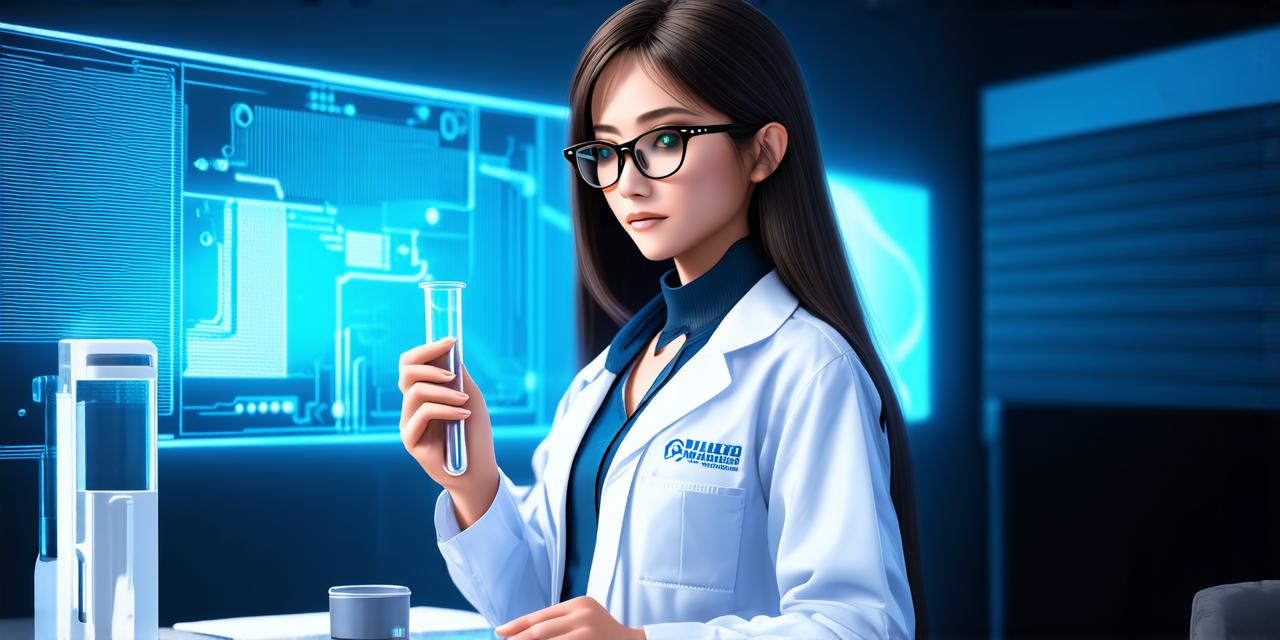
As a unity developer, you know that 3D graphics are a powerful tool for creating immersive and engaging experiences. But what happens when you take that power to the next level by incorporating additional features into your projects? In this article, we’ll explore the various ways you can enhance 3D graphics with additional features and how they can be used to create more interactive and engaging experiences for users.
1. Interactivity in 3D
One of the biggest advantages of 3D graphics is their ability to engage users through interactivity. By incorporating interactive elements into your projects, you can create a more immersive experience that encourages users to explore and interact with your content.
Some examples of interactive features include:
- Collision detection: This allows objects in your scene to “collide” with each other, creating a sense of depth and realism.
- Animation: Adding animations to your objects can make them more dynamic and lifelike, adding to the overall immersion of your experience.
- User input: Allowing users to interact with your content through touch, mouse or keyboard inputs can create a more engaging experience for the user.
For example, the popular game “Minecraft” is a great example of how interactive 3D graphics can be used to create an immersive experience for players. By allowing users to build and explore their own worlds, Minecraft creates a sense of ownership and engagement that keeps players coming back for more.
2. Enhancing Realism with Lighting and Shadows
Lighting and shadows are crucial elements in creating realistic 3D graphics. By incorporating dynamic lighting and shadow effects into your projects, you can create a sense of depth and realism that enhances the overall immersion of your experience.
Some examples of lighting and shadow effects include:
- Global illumination: This creates a soft, ambient light that bounces off surfaces in your scene, creating a more realistic look.
- Dynamic shadows: By allowing objects to cast dynamic shadows based on their position and movement, you can create a sense of depth and realism in your scenes.
- Post-processing effects: These include color grading, bloom, and vignette effects that can add a cinematic touch to your 3D graphics.
For example, the game “The Witcher 3” is a great example of how lighting and shadow effects can be used to create a more immersive experience for players. By incorporating dynamic lighting and shadow effects into its environments, The Witcher 3 creates a sense of depth and realism that keeps players engaged and immersed in the game’s world.
3. Adding Real-Time Rendering

Real-time rendering is the process of rendering graphics in real-time, allowing users to see the changes as they occur. By incorporating real-time rendering into your projects, you can create a more interactive and engaging experience for users.
Some examples of real-time rendering include:
- Particle effects: These are dynamic visual effects that can be used to add depth and complexity to your scenes. Examples include smoke, sparks, and explosions.
- Destructible environments: By allowing objects in your scene to be destroyed or modified based on user input, you can create a more interactive and engaging experience for users.
- Real-time animation: By animating objects in real-time based on user input or environmental factors, you can create a more dynamic and lifelike experience for users.
For example, the game “Portal 2” is a great example of how real-time rendering can be used to create an immersive experience for players. By incorporating particle effects and destructible environments into its levels, Portal 2 creates a sense of depth and interactivity that keeps players engaged and immersed in the game’s world.
4. Incorporating User Feedback
Incorporating user feedback into your projects can help you create more engaging and interactive experiences for users.

